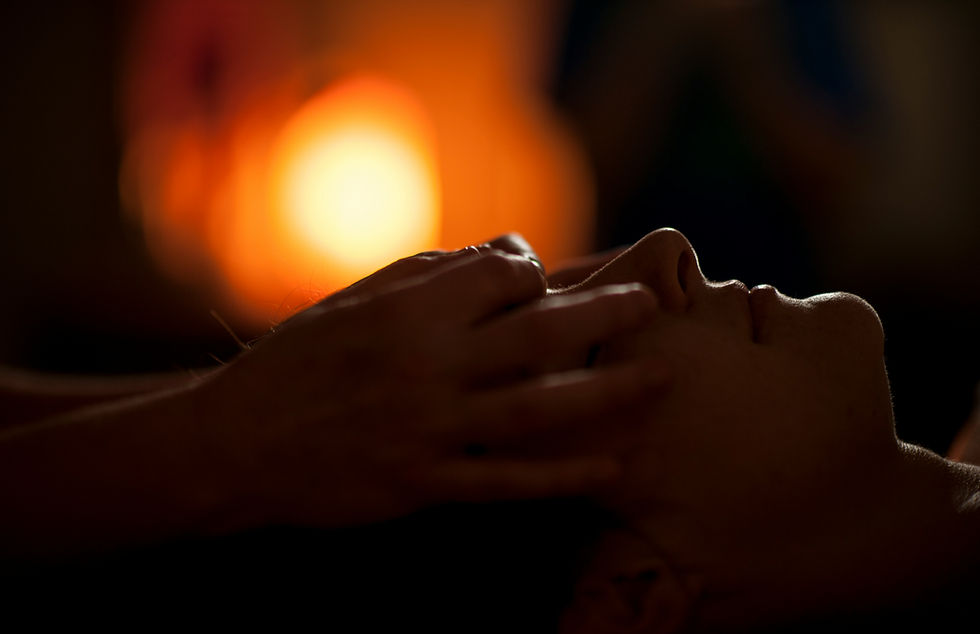Beware the dangers of sitting!
- Claire Harrison

- May 24, 2019
- 3 min read
Updated: May 26, 2019
Yes, believe it or not, sitting can be dangerous! With more of us living increasingly sedentary lifestyles we're beginning to notice the effect that lack of movement has on the body.

On average, adults in the UK spend more than seven hours a day sitting or lying down. This increases with age, with those aged 65 plus spending at least ten hours sitting down. It’s easy to see how the hours add up with many people driving to office jobs to sit behind a desk for at least seven hours a day only to get back home desperate for a cup of tea and a relaxing sit down! A recent survey of 2000 adults conducted by ‘OnePoll’ for ‘PerfectHome’ found that on average we watch 27 hours of TV in a typical week!
But it’s more than just a shocking statistic. Sitting down for long periods of time can have negative effects on spine health, muscle strength end even contribute to a reduced metabolism. Back problems are common for those that sit at a desk all day. A bad back can cause poor posture, seating adjustment and neck strain. Sitting with poor posture for seven hours a day can overstretch spinal ligaments and strain the discs and surrounding structures in the spine. Over time, incorrect sitting posture can cause damage to these structures.
For many people it’s not possible to avoid sitting for hours in their day to day life but taking regular breaks from the laptop, exercising and incorporating thoughtful movement into your lifestyle can help to combat the effects of sitting. The Gyrotonic Expansion Method is one form of thoughtful movement that can be used to counteract the impact of the modern sedentary lifestyle. According to Jill Carlucci-Martin, a Gyrotonic practitioner working in New York, practicing the ‘Gyrotonic Expansion Method’ can greatly improve posture by lengthening the spine and strengthening the core and supporting muscles to take pressure off the lower back, along with opening the sternum and connecting your shoulders down your back.

Julie Hegge-Toren, a Gyrotonic Master Trainer who has experience working with clients after back and spinal surgery, concurs:
There is so much to the physical body that the Gyrotonic Method approaches and works on and helps to develop, not just the spine, itself. Everyone has tightness in their spines… Some people have it imposed on them. But the important thing to remember is to be strong around the areas that have the tightness, and to support movement and blood flow and muscle activation around those areas that are limited…
Motions such as the “Arch and Curl” involve lengthening your spine and arching your back, followed by curling, which rounds the spine into the opposite position. You return to an upright position by starting at the sacrum and gradually straightening the spine up to the neck using the core muscles.
In this movement you notice how the spine moves sequentially through all different directions, producing a stretching sensation through movement. The body feels lighter, looser, and freer!
We cannot escape the ‘dangers of sitting’ but we can make a conscious effort to adapt our lifestyle. The NHS recommends at least 150 minutes of exercise every week and interspersing short periods of activity between every 30 minutes of sitting. The Gyrotonic Method helps to re-align and re-centre. Its method addresses the entire person, opening energy pathways, stimulating the nervous system, increasing range of motion, and improving strength and movement efficiency.
Remember move more, sit less!






Comments